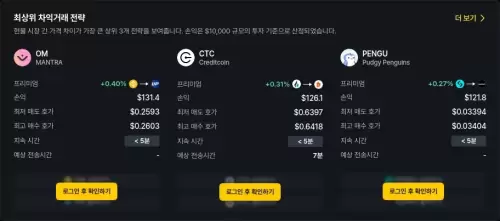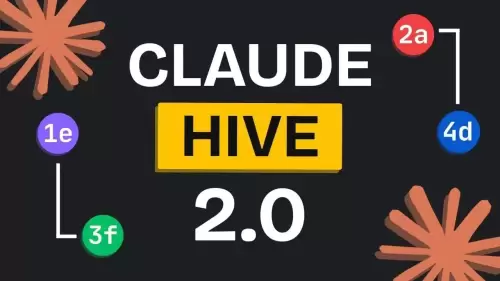Ethereum's gas limit is on the rise, fueled by validator support and technical advancements. Is this the key to scaling, or a potential pitfall?
Ethereum's Gas Limit: Scaling Up, Not Out?
Ethereum's gas limit is the talk of the town, with validators pushing for increases to boost transaction throughput. But is simply 'pumping the gas' the answer to Ethereum's scaling woes? Let's dive in.
The Gas Limit: A Quick Refresher
For the uninitiated, the gas limit is the maximum amount of computational effort (measured in 'gas') that can be used in a single Ethereum block. Higher gas limits mean more transactions can be squeezed into each block, potentially leading to faster transaction speeds and lower fees.
The Push for Higher Gas Limits
Recent activity shows nearly half of staked ETH is signaling support for raising the gas limit to 45 million units or higher. This follows a recent increase to over 37.3 million, a significant climb since February. The goal? To reduce transaction fees and improve network scaling, plain and simple.
Vitalik's Take: Growth with Caution
Vitalik Buterin himself has weighed in, emphasizing the importance of careful scaling. He's highlighted the work of the Geth team, whose optimizations have drastically reduced node storage requirements. Geth version 1.16.0, for instance, compressed archive node storage from over 20 terabytes to a much more manageable 1.9 terabytes! This is crucial because it allows more node operators to participate without needing massive infrastructure, supporting decentralization.
The Scaling Balancing Act
While increasing the gas limit seems like a straightforward solution, it's not without its challenges. Buterin has warned against increasing capacity too quickly, which could raise costs for node operators, especially smaller ones. True scaling requires more than just larger blocks; it requires efficient systems that remain inclusive. It's a delicate balancing act between performance and accessibility.
Beyond the Gas Limit: The Bigger Picture
The gas limit is just one piece of the puzzle. Upcoming upgrades like Proto-Danksharding and Pectra are also key to improving Layer 2 performance. These initiatives aim to reduce costs and increase efficiency across rollups, further expanding Ethereum's utility.
Institutional Interest: A Sign of Confidence
The push for higher gas limits coincides with increasing institutional interest in Ethereum. Large-scale ETH accumulation suggests growing long-term confidence in the network. As Ethereum's capacity grows, it's likely to attract even more institutional attention.
So, What's the Verdict?
Increasing the gas limit appears to be a safe and effective way to improve Ethereum's throughput, especially when coupled with client optimizations. However, it's crucial to proceed with caution, ensuring that the network remains accessible to all participants. Ethereum's journey to scale is a marathon, not a sprint, and thoughtful, balanced growth is key.
Alright, that's the gas on gas! Now go forth and spread the crypto gospel. Just try not to spend all your ETH on, well, gas. 😉






















































































